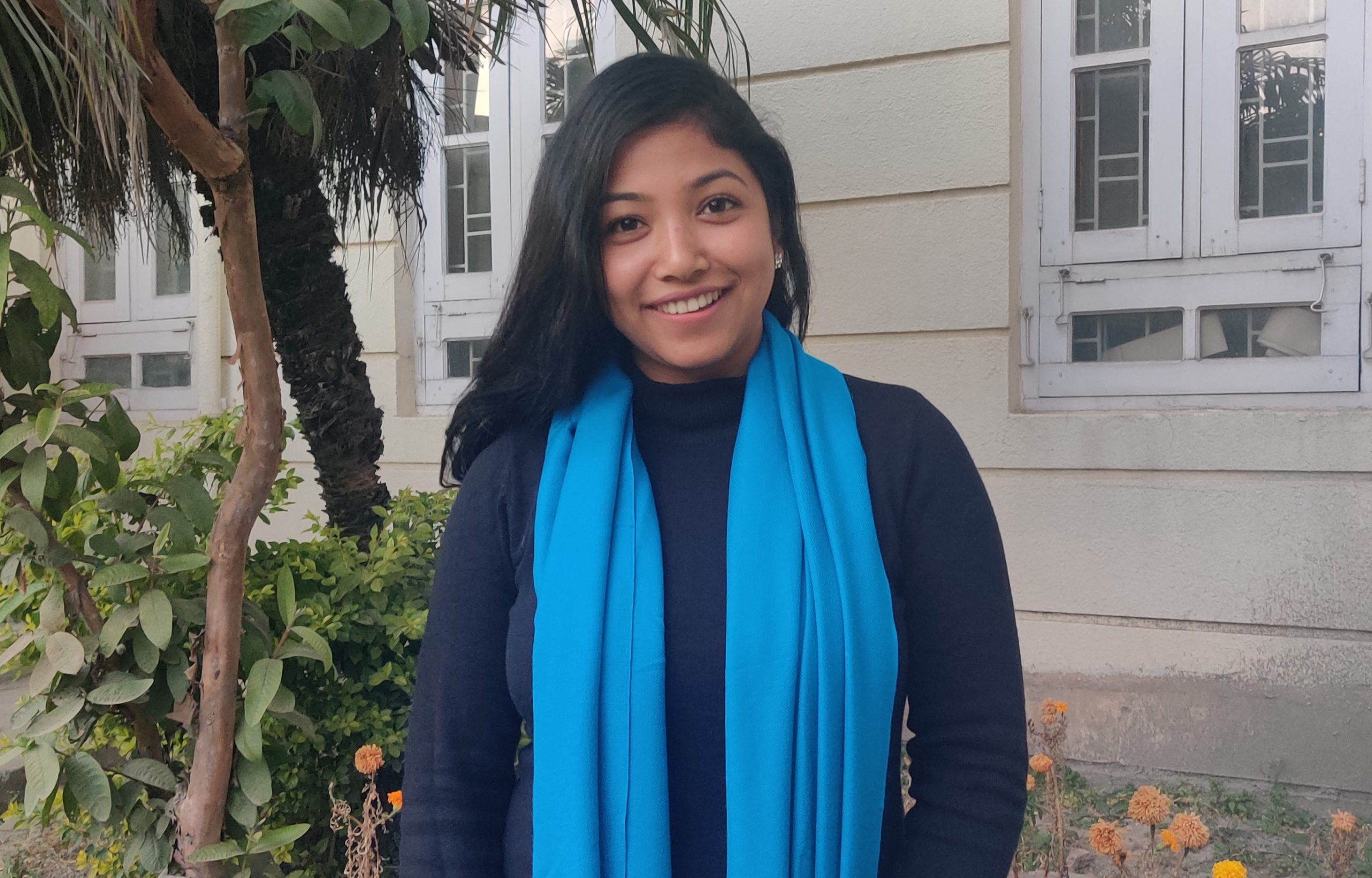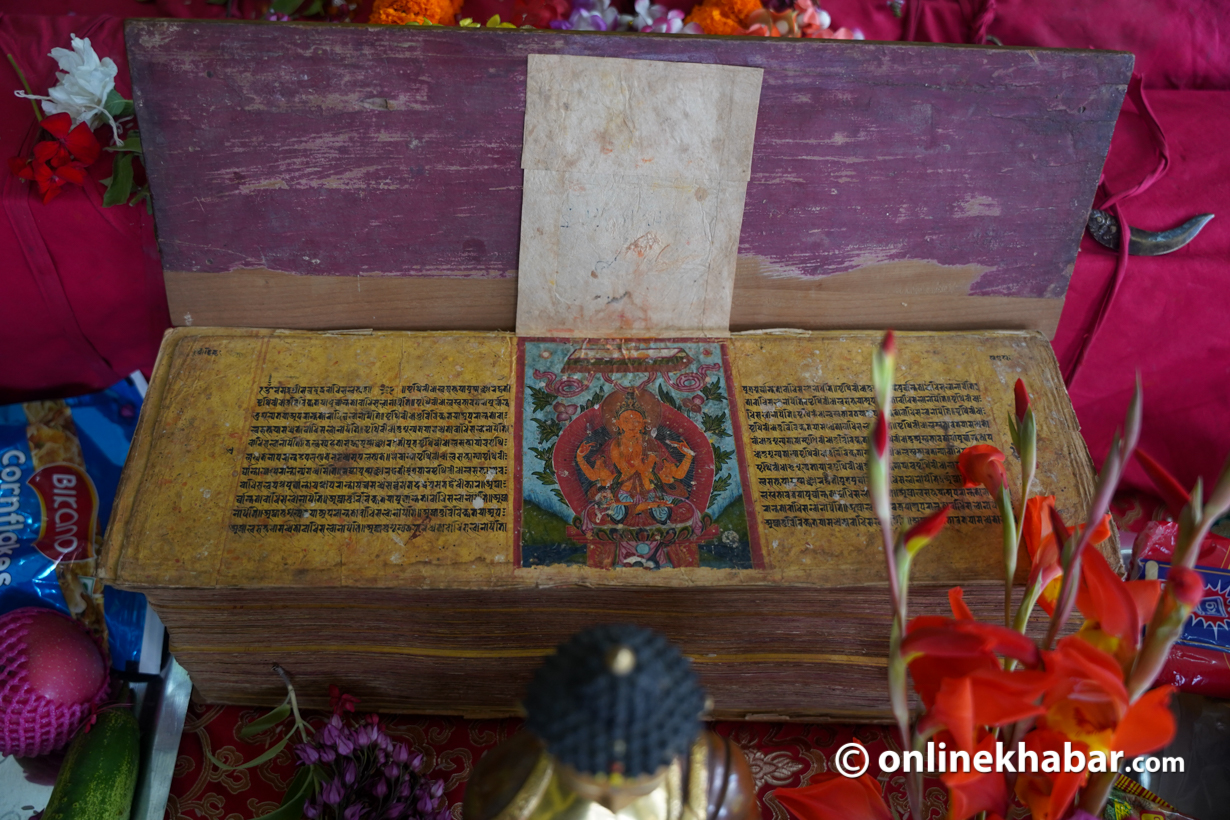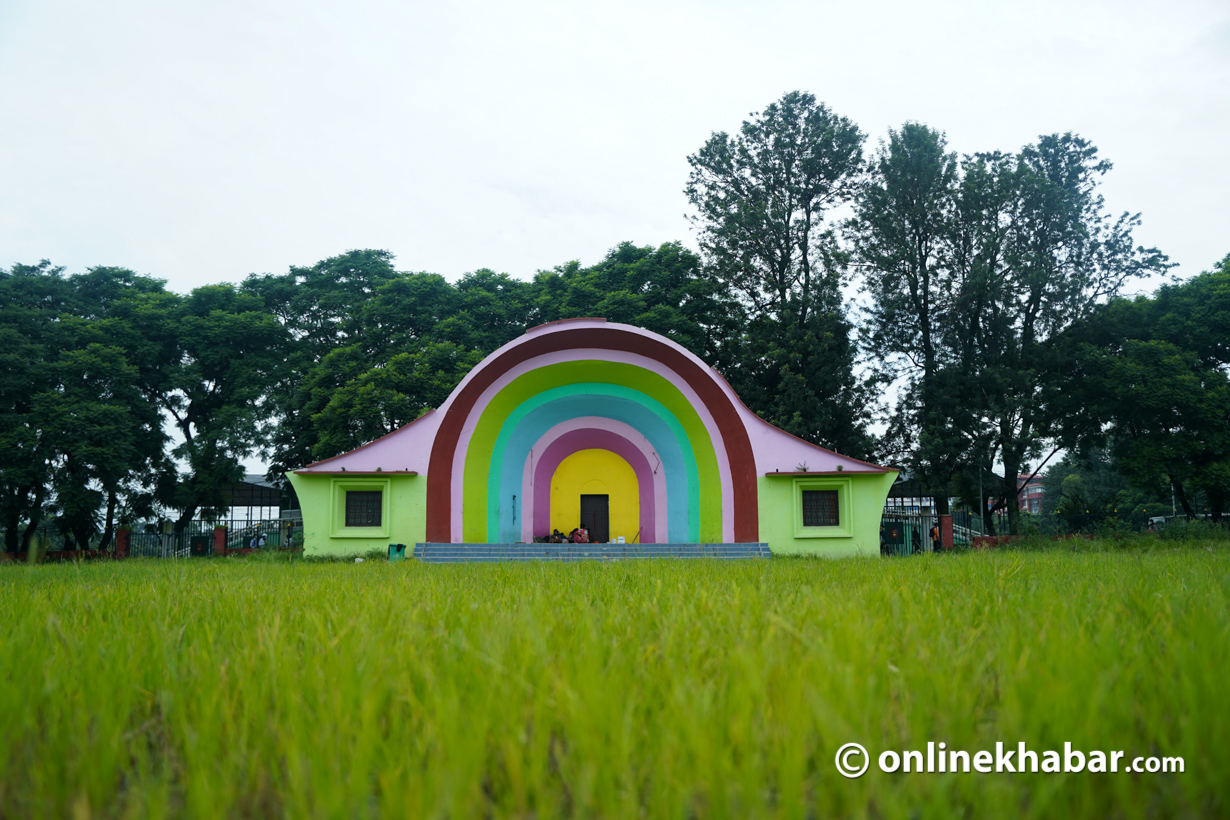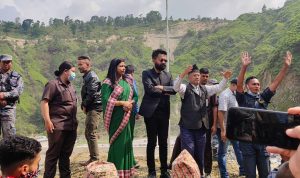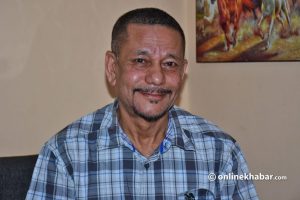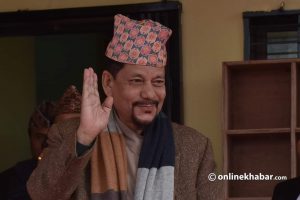As a teenager, Sunita Dangol was curious about everything around her. Out of that curiosity, in 2011, she applied for a beauty pageant named Miss Newa and won the title. Soon, she tried her hand at coaching children preparing for Little Miss Newa beauty pageant. She also ran radio and TV shows.
This curiosity into different things led her to learn Nepal Bhasa lipi (script) in 2014. Since then, she is fixed into it as she also started teaching the script.
As the government imposed the lockdown to contain the coronavirus spread in March this year, Dangol and her colleagues at Callijatra, an informal group working to promote and preserve the language, faced a roadblock in their effort to spread the knowledge.
The team soon found a way to convert that challenge into an opportunity and the one-minute Nepal Bhasa language tutorials online. Today, the campaign with its 50 episodes became viral on social media, establishing Dangol as ‘Lipi Queen’ and the face of Nepal Bhasa tutorial.
One minute at a time

The Callijtra team first started giving Nepal Bhasa tutorials online. Initially, they introduced 17 one-hour lessons. But, many people found this quite difficult to pay attention to and consequently grasp.
Then, they explored different options. In August, finally, the team started recording and releasing one-minute Nepal Bhasa tutorials on its social media platforms to carry forward their initiative. “In the lockdown, we finally had the time to formulate and shape the Nepal Bhasa programme as we wanted. We planned and segmented it into 50 lessons with one minute every day. And, the response has been amazing, people are still watching it,” Dangol shares.
Everything was done online and put together by the core Callijatra team. The content was put together by Anil Sthapit, video editing was done by Shashank Shrestha, and graphic/ concept was by Ananda K Maharjan. Many lessons were planned, but there were also a few episodes that they cooked up last minute, based on the feedback.

Just one minute to learn a language seems unproductive. But, Dangol says the idea was well-thought-of and is very practical.
“Even the most enthusiastic person eager to learn Nepal Bhasa cannot learn or remember the whole one-hour session. Plus, people are busy. So, even if people cannot give their one day or one hour, they can give their one minute to learn the language. It is also much easier to learn things in one minute.”
However, she says it was a real challenge to make the lessons concise and ‘crispy’. “It is hard to keep the audience engaged. Even though one is an expert, knows the skills, and has the right intentions, the presentation and packaging will always make a difference.”
“We sometimes got feedback that the lessons seemed more intended towards children. But, it was presented so because we needed the lessons to be easy so that even children could understand,” she says, “Also because when we learn new things, it should be just like learning that we did in our childhood: simple and easy, focusing on the basics and in small portions.”
Not enough though
But, are 50 minutes enough to learn a language?
No, it is nowhere close, says Dangol. “The one-minute tutorials are just basics that help you converse. It is to stimulate the learners, to spark their interest so that they learn more and in detail.”
“Nepal Bhasa is a culmination of knowledge from generation to generation, the intangible heritage that we youth should preserve,” asserts Dangol adding that the project has a bigger intention. “In our culture, what we lack is documentation. A lot of our folklores, stories, meaning behind the culture are all passed down the generations, verbally. And, we lack evidence when we have to look back. Today, hearsay is not enough. And the project is more about us youth working for our future.”
But, she clarifies she is not an expert. “I am a language enthusiast and want to be helpful towards others. Also, it is hard to integrate every lingo, dialect and accent in one lesson as they are all different in different cultural settlement within the Newa: community.”
Art of one-minute videos
During the 50 days, people might or might not have appreciated the content each time but always appreciated her soothing voice and presentation style. Though a challenge, her craft is at her best with one-minute tutorials which were mostly one-shot, meaning no cuts. And, she says her past experiences helped her as this was not her first taste of teaching, public speaking or fame.
While at school, as early as in the sixth grade, Dangol began tutoring lower-grade kids. After her schooling, she started as an abacus trainer for children. Her participation in Miss Newa, coaching children participating in beauty pageants, hosting radio and TV shows followed that.
“Miss Newa groomed me for public speaking. It also made me sensitive towards the importance of culture and Nepal Bhasa, from why and how to observe culture and rituals to their respective scientific meaning that the family never explained.”
“I am very enthusiastic about the 3Cs in my life: children, communication and culture. And, my work has all been revolved around it.” That is why despite her full-time job, she has been managing time for the one-minute tutorials and other activities aimed at preserving the language and culture.

“I still have my mornings and my evenings, and also Saturdays and holidays. I am a person who cannot sit idle,” the 27-year-old says, “I enjoy being productive and active to contribute to society as much as I can. I feel like this is the time; no one knows what will happen when we grow old.”
She is now working closely with government authorities to develop the Nepal Bhasa curriculum so that it becomes correct and interesting for both Newa: and non-Newa: children.
What next?
Although the first season of the one-minute show has ended now, people are curious if there will be the next session.
“It will come out soon. We are already in the final stage of planning. We will be sticking to one-minute tutorials again,” informs Dangol.
Further, she wants to make the next season more participatory and more conversational. “We tried the concept in few of the last episodes in season one and the response was good.”
So far people have seen her primarily as the face of these Nepal Bhasa tutorials. “The feedback of people has been really overwhelming. It is always fulfilling to be appreciated for your work. But, I don’t want this initiative to be about me or my face. We will be having more people with me at the end only.”



